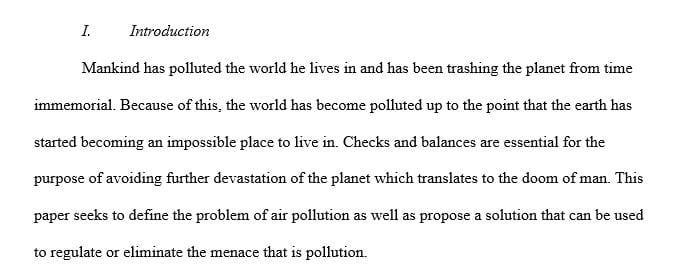Prepare a Strategic plan for Hobart Corporation
HOBART CORPORATION
While Hobart Corporation, a manufacturer of equipment for the food service (restaurants and institutions) and retail (grocery and convenience stores) sectors for more than a century, had developed a solid reputation for high quality and extremely reliable products, it wasn’t necessarily seen as an industry leader. It had credentials, however. In addition to being the largest firm in terms of sales, it also had broad coverage of the industry and its product categories and a respected service network, with some 200 locations and over 1,700 service vans. The better competitors excelled in a particular product category (refrigeration, for instance) or were well known in one of the industry sectors but lacked Hobart’s breadth of offerings.
Hobart was concerned with less expensive competing products that were made overseas. Most customers were continuing to buy Hobart products, but the threat was growing. Further, it was hard to create advertising and trade show material that would break out of the clutter. Breakthrough products that would attract attention were not easily generated.
In response to these concerns, Hobart sought to establish a different customer‐facing brand that would be the “thought leader” in the industry, not just the product leader. It wanted to be known for the best quality, “plus more.” The driving idea was to offer solutions to everyday issues its customers faced in their businesses—things like finding, training, and retaining good workers; keeping food safe; providing enticing dining experiences; eliminating costs; reducing shrinkage; and, for some, enhancing same‐sales growth. The firm systematically marshaled a knowledge base in order to address these problems.
This driving idea of solving everyday concerns led to a powerful brand‐building program around the tagline, “Sound Equipment, Sound Advice.” One element was a customer magazine called Sage: Seasoned Advice for the Food Industry Professional (later made available via the Internet at Sage Online). Sage’s in‐depth, objective treatment of customer problems and issues made it feel more like a newsstand publication than a corporate promotional tool. At industry trade shows, the Hobart company booth had an “Idea Center” where people could approach industry experts for sound advice about the problems they faced in their businesses. Hobart conducted seminars using leading experts; “The State of Collegiate Dining” was one topic. Internally, the leadership message was reinforced at department and company‐wide meetings and through internal newsletters.
Hobart also offered useful content about key issues on its Web site, hobartcorp.com. Visitors could find papers, question‐and‐answer sessions with industry experts, briefing documents, and other material updated on a weekly basis. This program grew to over 100 papers on technology, saving labor, reducing shrinkage, productivity, improving food safety, growing sales, and cost management. The brand lived on the Web and in other places as well, thanks to the strategic placement of Hobart content on many other sites frequented by people in the industry. Select elements of this Web content were converted to printed pieces and disseminated broadly.
Hobart shared more sound advice through speeches at key industry shows, events like the Home Meal Replacement Summit, and articles for trade magazines (for example, “Cold War: Smart Refrigeration Arms Restaurateurs Against Food‐Borne Illnesses” in Hotel Magazine). The goal of public relations became idea placement rather than product placement. Hobart also changed its approach to new product releases to emphasize how each product helps the customer deal with key business issues. For instance, rather than emphasize specific features like the recessed nozzles on the Hobart TurboWash, the firm communicated how easy it made the task of scrubbing pots and pans, thereby creating happier restaurant and food service employees.
Print advertising, once the prime brand‐building tool, played a lesser but still important role, focusing on key customer issues. For instance, one ad showed a sign at a bathroom sink reading, “Employees Must Wash Hands Before Returning to Work.” The text underneath the picture asked, “Need a more comprehensive approach to food safety?” and then described the solutions recommended by Hobart.
The Hobart program was impacted perceptions of the brand and propelled Hobart into a leadership role that lasted well over a decade until they were bought and integrated into a larger firm.
Reference:
(Aaker 282-283)
Aaker, David A. Strategic Market Management, 10th Edition. Wiley, 2013-10-11. VitalBook file.
Task(s):
Read “Hobart Corporation” on pages 282-283 in the course text.
1. Prepare a Strategic plan for Hobart Corporation as discussed on page 282. Consider both internal and external analysis in preparing your plan. Identify Hobart’s SCA and its branding equity
2. Discuss the strategic goals and methods for this firm applying information that you identified in your library research. Consider the discussion questions on page 283 in preparing your response.
3. Cite the source and the edition of the periodicals that you have referred to for this assignment
problem_solution_outline_template problem_solution_essay_rubric
Answer preview to Prepare a Strategic plan for Hobart Corporation
APA
1338 words



